
Jaundice is a symptom that accompanies many liver diseases. People suffering from jaundice are easily recognized, since their skin and the white of their eyes are yellowish, due to high level of bilirubin in the blood. Mild elevation of bilirubin is responsible for yellowing of the skin and eyes, while extremely high blood bilirubin may turn the skin and the sclerae to brown.
Jaundice Causes
Too much bilirubin, liver defects and blockage of bile ducts are three most common causes of jaundice.
If there is excess amount of bilirubin produced in the body, the liver cannot remove it from the blood properly and these patients usually have jaundice. This can, for example, happen to people suffering from hemolytic anemia, because there are many destroyed red blood cells and they release too much bilirubin into the bloodstream, which cannot be eliminated completely. Certain defects in the liver may prevent removal or conversion of bilirubin and conjugation with glucuronic acid, leading to jaundice. Liver defects may also prevent secretion of bilirubin in a bile duct, leading to the same consequence. Bile duct blockage may be another cause of yellowing of the eyes and skin in many patients, especially in people suffering from gallstones, inflammation of bile ducts or some cancers.
Condition characterized by decreased secretion, conjugation or bile flow is known as cholestasis and in some situations it can result in jaundice.
Diseases Associated with Jaundice
Overproduction of bilirubin may be caused by some less common conditions, such as rapid destruction (hemolysis) or defects in formation of red blood cells. Bleeding into different tissues may also lead to absorption of large amount of hemoglobin and too much bilirubin in the body.
Any acute inflammation of the liver will decrease its conjugation ability and secretion of bilirubin, especially viral or alcoholic hepatitis or liver toxicity caused by Tylenol. Some chronic diseases of the liver, such as hepatitis B and C, autoimmune hepatitis or alcoholic disease with cirrhosis, may provoke liver scarring and cause yellowing of the skin and eyes. Infiltrative liver diseases (metastatic cancers, hemochromatosis, alpha-one antitrypsin deficiency or Wilson’s disease) can also be responsible for jaundice.
As already mentioned, inflammation and blockage of bile ducts are also possible causes of yellow skin and eyes in some patients. Primary biliary cirrhosis, sclerosing cholangitis, gallstones and pancreatic cancers are common, while cancers of bile ducts and the liver are less common causes of these problems.
Medication-Related Jaundice
Cholestasis and jaundice may also be associated with the use of certain drugs, especially those which can cause inflammation of the liver or bile ducts. Some drugs like estrogen may affect the liver or bile ducts cells and cause problems with formation and secretion of bile, leading to retention of bilirubin in the body and consequent jaundice symptoms.
- medlineplus.gov/ency/article/000263.htm
- www.cdc.gov/hepatitis/hev/hevfaq.htm
- Photo courtesy of CDC/Dr. Thomas F. Sellers/Emory University by Wikimedia Commons: commons.wikimedia.org/wiki/File:Jaundice_eye.jpg



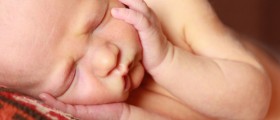
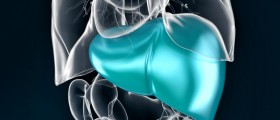


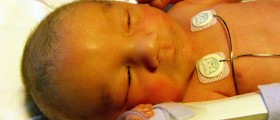

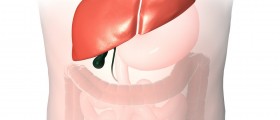




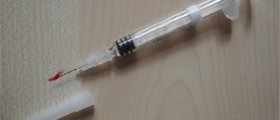


Your thoughts on this
Loading...